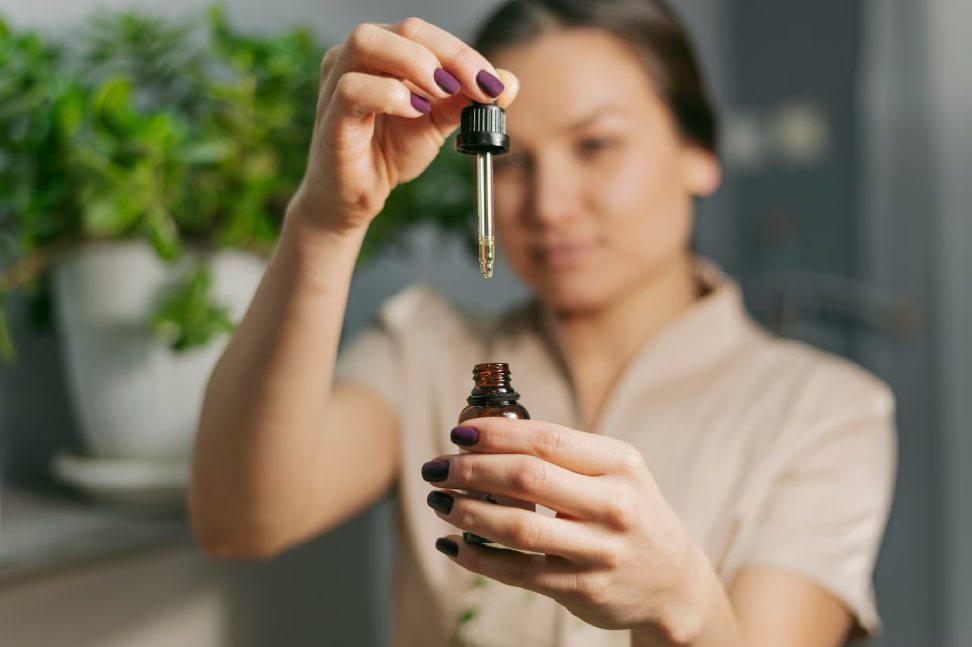11xplay Reddy Login, Betbhai9, T20exchange: Aromatherapy is a holistic healing and treatment procedure that harnesses the therapeutic benefits of essential oils derived from plants. These potent oils are extracted from various parts of aromatic plants, such as flowers, leaves, bark, and roots, through methods like distillation or cold pressing. The practice of aromatherapy has been used for centuries across different cultures to promote physical, emotional, and mental well-being.
The essence of aromatherapy lies in the belief that inhaling or applying these essential oils can stimulate the limbic system in the brain, which is responsible for emotions, memories, and behaviors. Each essential oil possesses unique properties that can have a range of effects on the body and mind, such as reducing stress, easing muscle tension, improving sleep quality, or uplifting mood. Aromatherapy is often used in conjunction with other holistic therapies, like massage or meditation, to enhance its healing benefits.
History of Aromatherapy
Aromatherapy, dating back thousands of years, has been used by various ancient civilizations for its medicinal and therapeutic properties. The practice of using aromatic plant extracts for healing purposes can be traced back to ancient Egyptian, Chinese, and Indian cultures. In Egypt, aromatic oils were utilized in religious ceremonies, medicine, and even in the embalming process.
Similarly, in ancient China, the use of herbs and plant extracts for their healing properties was integrated into traditional Chinese medicine. The Chinese valued the harmonizing effects of aromatics on the body, mind, and spirit. Additionally, in India, Ayurvedic medicine incorporated the use of essential oils and fragrant herbs for their healing properties, believing in their ability to balance the three doshas – Vata, Pitta, and Kapha.
� Aromatherapy has been used for thousands of years by ancient civilizations
� Ancient Egyptians used aromatic oils in religious ceremonies, medicine, and embalming
� Ancient Chinese integrated herbs and plant extracts into traditional medicine for healing
� Indian Ayurvedic medicine incorporated essential oils and fragrant herbs to balance doshas
How Essential Oils are Extracted
Essential oils are extracted through various methods, each specifically designed to capture the purest essence of the plant. One common method is steam distillation, where steam is passed through the plant material, causing the essential oil to evaporate and then condense into a liquid form. This process is gentle and effective for many botanicals, including lavender, eucalyptus, and peppermint.
Another extraction method is cold pressing, typically used for citrus fruits like oranges and lemons. In this process, the oils are mechanically pressed from the fruit rinds, yielding a bright and aromatic oil. Cold pressing is favored for its simplicity and ability to retain the natural properties of the fruit, making it a popular choice for many citrus-based essential oils.
What is aromatherapy?
Aromatherapy is a holistic healing treatment procedure that uses multiple natural plant extracts, that known as essential oils, it also promote health and well-being. These oils can be inhaled, applied topically, or used in massages to provide a range of therapeutic benefits.
What is the history of aromatherapy?
Bet365 ID, Play247 Online, Iceexchange: Aromatherapy has been used for centuries in various cultures around the world. The ancient Egyptians, Greeks, Romans, and Chinese all recognized the healing properties of essential oils and used them for medicinal purposes, spiritual rituals, and personal care.
How are essential oils extracted?
Essential oils are extracted from plants through various methods such as steam distillation, cold pressing, solvent extraction, and CO2 extraction. Each method involves different processes to obtain the purest form of the essential oil from the plant material.
Must Read :
- How To Use CBD For Asthma?
- Top 5 Best CBD Gummies For Anxiety In 2024
- CBD For Cancer: Possible Benefits, Side Effects


